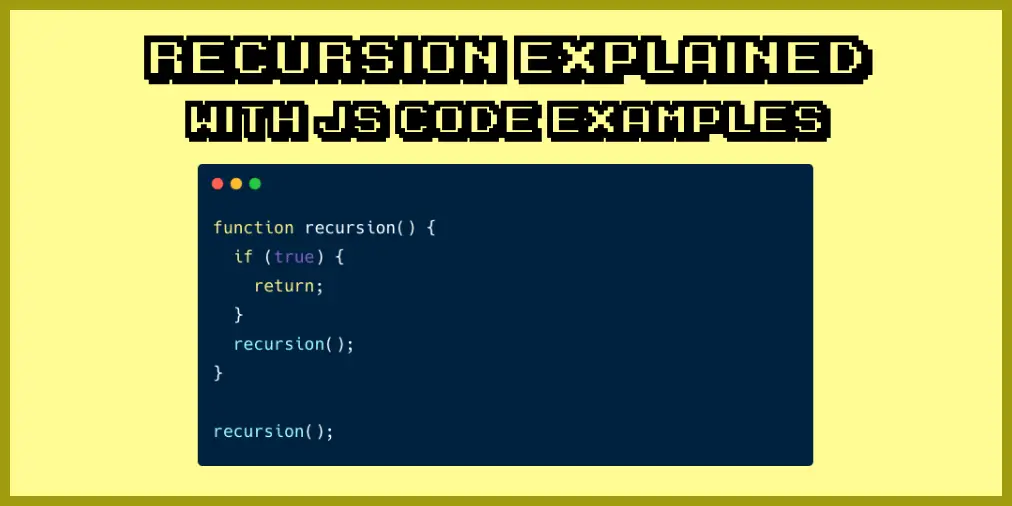Recursion Wrecks: Solving Problems With Recursive Functions

Executive Summary

Recursion is a powerful programming technique that allows a function to call itself. While recursion can be useful for solving certain types of problems, it must be used with care, as it can also lead to errors and performance issues.

Introduction
Recursion is a programming paradigm in which a function calls itself as part of its own definition. This allows for the elegant and concise expression of certain types of problems, such as those that involve breaking down a problem into smaller subproblems that are of the same type as the original problem.
FAQs
- What is recursion? Recursion is a programming technique that allows a function to call itself.
- What are the benefits of recursion? Recursion can be used to solve certain types of problems in a clear and concise way.
- What are the risks of recursion? Recursion can lead to errors and performance issues if not used carefully.
Top 5 Subtopics
1. Types of Recursion
- Direct recursion: The function calls itself directly.
- Indirect recursion: The function calls another function that calls the original function.
- Tail recursion: The recursive call is the last thing the function does.
- Head recursion: The recursive call is the first thing the function does.
- Mutual recursion: Two or more functions call each other.
2. Advantages of Recursion
- Simplicity: Recursive solutions to problems can often be very elegant and easy to understand.
- Expressiveness: Recursion can be used to express certain types of problems in a very concise way.
- Efficiency: Tail-recursive functions can be implemented in a way that is very efficient.
- Modularity: Recursive functions can be easily broken down into smaller subproblems, which can make them easier to develop and maintain.
- Expressive: Recursion can be used to express certain types of problems in a clear and concise way.
3. Disadvantages of Recursion
- Performance: Recursive functions can be inefficient if the base case is not reached quickly.
- Stack overflow: Recursive functions can lead to stack overflow if the recursion depth is too great.
- Error handling: It can be difficult to handle errors in recursive functions, as the call stack can be very deep.
- Debugging: It can be difficult to debug recursive functions, as the call stack can be very deep.
- Complexity: Recursive functions can be difficult to understand, as the call stack can be very deep.
4. When to Use Recursion
Recursion should be used with care, and only when it is the best approach to solving a problem. Some good candidates for recursion include:
- Problems that can be broken down into smaller subproblems of the same type
- Problems that have a natural recursive structure
- Problems that can be solved with a tail-recursive function
5. How to Use Recursion Safely
To use recursion safely, it is important to:
- Ensure that the function has a base case that will eventually be reached
- Keep the recursion depth as shallow as possible
- Handle errors carefully
- Use debugging tools to help track the call stack
Conclusion
Recursion is a powerful programming technique that can be used to solve certain types of problems in a clear and concise way. However, it must be used with care, as it can also lead to errors and performance
